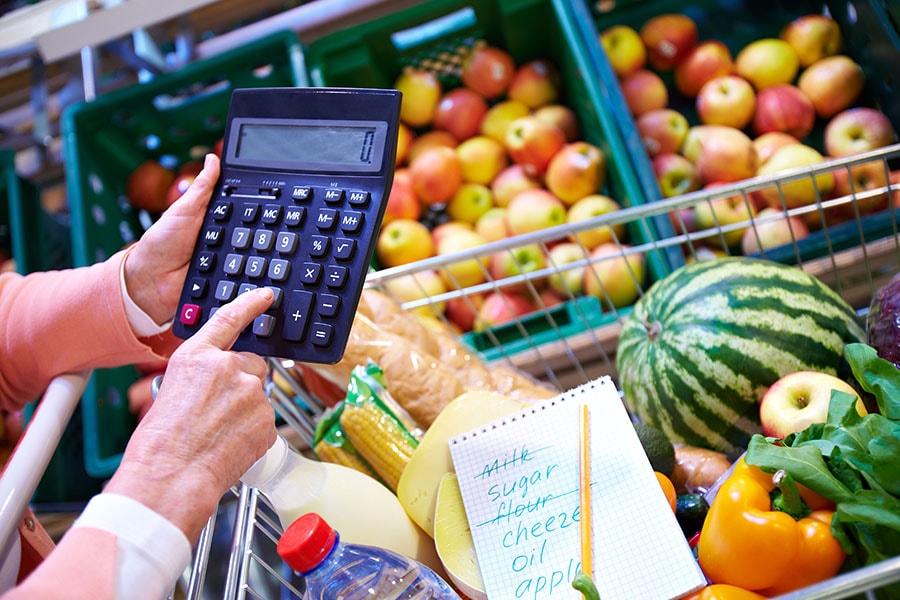
Q2 earnings possibly skewed, consumer demands pick-up eyes World Cup & festivals
An erratic monsoon and delayed festive season made recovery in rural demand difficult while relief in a few commodity prices may help in margin expansion
 The entire festive season this year has shifted to the October-December period, which may affect consumption in the second quarter.
Image: Shutterstock
The entire festive season this year has shifted to the October-December period, which may affect consumption in the second quarter.
Image: Shutterstock
While high inflation, multi-year high interest rates, rising bond yields, recessionary fears, and geopolitical risks kept companies on tenterhooks, the challenge ahead is how will they sustain growth as uncertainties are flaring up towards the end of the year. Corporate earnings are expected to be skewed in the three months ending September amid demand weakness in lower-end consumption and exports. However, lower commodity prices have likely aided in margin expansion of companies in few sectors.
An erratic monsoon—with the lowest rainfall in August in more than 100 years—and a delayed festive season made recovery in rural demand difficult. The entire festive season this year has shifted to the October-December period, which may affect consumption in the second quarter. Product categories such as hair oil and edible oil remain weak given high rural salience and down-trading. Biscuits, soaps and detergents players have seen adverse impact of local players coming back, given commodity deflation.
Prateek Parekh, equity strategist, Nuvama, feels the quality of earnings is deteriorating. “Furthermore, with BFSI earnings clearly losing momentum and margin tailwinds at fag end, demand outlook would be critical in shaping the earnings trends hereon,” he adds.
Overall earnings growth is likely to be driven once again by domestic cyclicals, such as banking, financial services and insurance (BFSI) and auto while oil marketing companies (OMCs) may see a sharp rise in net profits due to large marketing and inventory losses in September quarter of last fiscal.
“The next two quarters will be driven by big events like the ICC Cricket World Cup and the festive season and these can serve as positive catalysts in the short term for consumer demand. We believe several sectors in consumer discretionary can see demand uptick from these events – QSR, hotels, aviation,” says Gautam Duggad, head of research—institutional equities, Motilal Oswal Financial Services.







